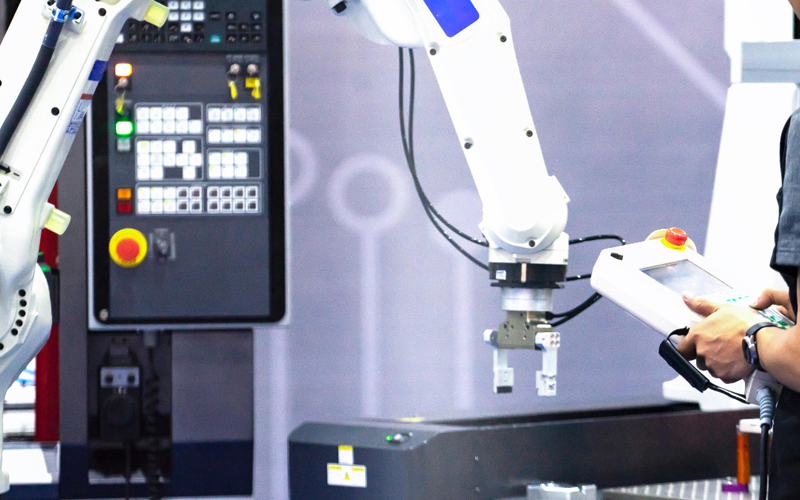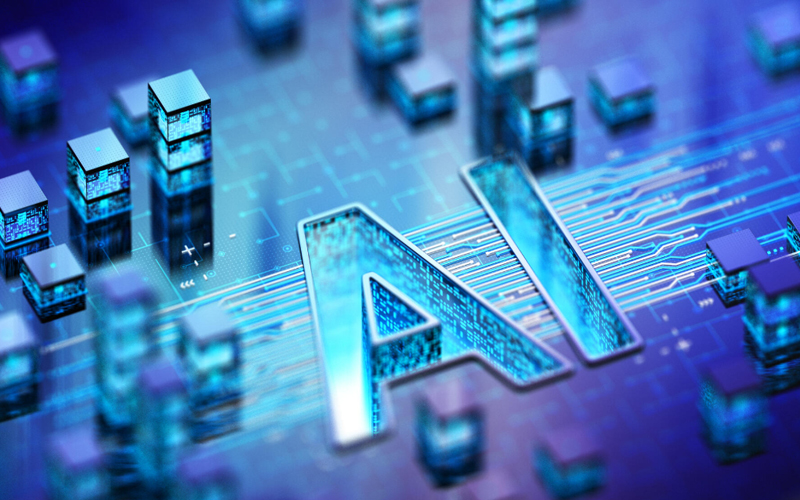The pace of digital transformation is accelerating across industries, with demand for speed, scale, and smarter operations driving the change. Hyperautomation has emerged as a cornerstone of this shift, going far beyond traditional automation to create intelligent, end-to-end process optimisation. Experts estimate that the global hyperautomation market will grow at a remarkable CAGR of 17.06%, from $46.4 billion in 2024 to $220.2 billion by 2034. As organisations aim to stay competitive in a dynamic landscape, hyperautomation is helping remove friction. It reduces costs, enhances agility, and connects intelligent systems that power real-time decisions and continuous optimisation.
what is hyperautomation, and its key components
Hyperautomation refers to the strategic use of advanced technologies to automate complex business processes, often with minimal human input. Unlike basic automation, which targets specific repetitive tasks, hyperautomation combines multiple tools to build a fully integrated and intelligent system that evolves continuously.
At its core, hyperautomation supports digital transformation by reducing manual intervention in low-value tasks, freeing teams to focus on high-impact work. This orchestration relies on a dynamic ecosystem of technologies that work together to streamline operations, improve decision-making, and drive innovation.
The key technological components supporting this dynamic ecosystem include:
- Artificial Intelligence (AI) and Machine Learning (ML): AI and ML allow systems to learn from data and make decisions without human input.
- Robotic Process Automation (RPA): RPA automates repetitive digital tasks by mimicking human interactions with software.
- Intelligent document processing: This technology extracts, interprets, and organises data from documents using AI and language processing.
- Process intelligence and analytics: These tools monitor and analyse workflows to uncover inefficiencies and opportunities for automation.
- Internet of Things (IoT) and robotics: IoT collects real-time data from connected devices, while robotics applies automation in physical tasks.
- Low-code platforms and chatbots: Low-code platforms speed up app development, and chatbots automate customer interactions through conversation.
- Generative AI and collaborative robots (Cobots): Generative AI creates content and insights, while cobots assist humans in shared workspaces with precision and safety.
Together, these components form the backbone of hyperautomation, creating adaptive systems that keep up with business demands.
Infosys BPM helps businesses implement hyperautomation at scale, blending deep domain knowledge with cutting-edge tools and platforms. Through its robotic process automation services, Infosys BPM empowers organisations to reimagine operations, boost productivity, and enable seamless digital transformation.
benefits of AI-powered automation
Integrating AI-powered tools under hyperautomation can help organisations streamline operations for greater speed, efficiency, and scalability. Investing in AI-powered automation offers a host of tangible business advantages, including:
- Improved speed and efficiency: Greater throughput and quicker workflows across interconnected systems.
- Greater accuracy and reliability: Fewer errors due to consistent, rule-based execution.
- Higher productivity and workforce engagement: More time for employees to focus on value-driven work.
- Cost reduction and operational gains: Lower costs through efficient use of resources.
- Smarter insights and decision-making: Real-time data to guide faster and smarter choices.
- Flexible, scalable operations: Stronger responsiveness to changing business needs.
- Faster innovation cycles: Shorter timelines from idea to implementation.
- Improved compliance and risk control: More predictable, auditable, and secure processes.
- Stronger customer experience: Personalised service delivered with speed and consistency.
- Sustainable competitive edge: Sustained advantage through adaptability and innovation.
While the benefits are vast, some challenges still exist. Key obstacles include resistance to change, fear of job displacement, lack of technical expertise, poor data quality, and limited infrastructure. However, the advantages far outweigh these barriers, and businesses that embrace hyperautomation can position themselves to lead in a competitive digital economy.
starting the hyperautomation journey
Embarking on the journey of AI-powered automation and hyperautomation requires strategic planning and a clear understanding of where to start and how to scale. Success depends on building a strong foundation across people, processes, and platforms.
Journey towards hyperautomation involves the following key steps:
- Map current workflows to uncover inefficiencies and automation opportunities.
- Identify critical structured and unstructured data sources for meaningful automation.
- Select scalable and interoperable tools that align with business goals.
- Upskill employees to confidently collaborate with automated systems.
- Automate prioritised tasks using AI and RPA to improve end-to-end workflows.
- Monitor automated processes regularly to fine-tune performance and outcomes.
conclusion
Hyperautomation is redefining the future of business. By integrating AI, automation, and analytics, it enables smarter, faster, and more efficient operations. Businesses can reduce costs, boost employee engagement, and improve customer experiences, all while maintaining agility and compliance. With the right strategy, technologies, and partners, businesses that invest in AI-powered automation can create a scalable automation ecosystem that drives continuous value. Those that act now will not just adapt to digital transformation – they will be market leaders driving change.








